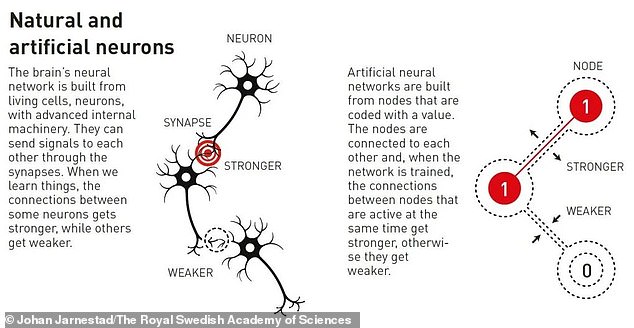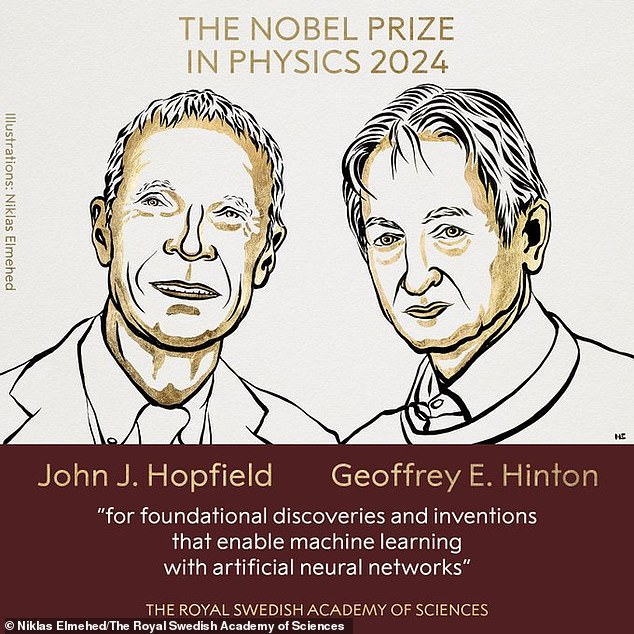- The Nobel Prize in Physics is awarded for advances in AI
The 2024 Nobel Prize in Physics has been awarded to two scientists for developing the methods that are the basis of today’s powerful AI.
John Hopfield and Geoffrey Hinton received the prestigious award for “fundamental discoveries and inventions enabling machine learning with artificial neural networks.”
John Hopfield of Princeton University invented methods that allow AI to save and recreate patterns.
Geoffrey Hinton of the University of Toronto gave AI the ability to find properties in data, allowing it to complete tasks such as recognizing elements in specific images.
These discoveries enabled the creation of artificial neural networks that power modern chatbots like ChatGPT.
The 2024 Nobel Prize in Physics has been awarded to John Hopfield and Geoffrey Hinton for developing the methods that are the basis of today’s powerful AI.
Most modern artificial intelligences are based on a technology called artificial neural networks that mimic the connections between neurons in the brain.
In AI, neurons are represented by nodes that influence each other through connections that can be weakened or strengthened, allowing AIs to learn over time.
Without this technology, the powerful systems that run everything from ChatGPT to Apple Intelligence would not be possible.
This year’s Nobel Prize winners were instrumental in laying the foundation for these important advances beginning in the 1980s,
John Hopfield was responsible for inventing a system called ‘Hopfield Network’ that allows AI to save and recreate patterns.
With his background in physics, Hopfield sought to understand how individual neurons in the brain work together to create interesting new abilities.

Today’s AI uses a system called artificial neural networks that would not be possible without the work of Hopfield and Hinton.
He imagined that the brain worked together as a network of nodes linked by connections of different strengths.
Hopfield discovered that he could program these networks by feeding them an image and following a rule that adjusts the connections between nodes to give the image “low energy.”
You can think of this as shaping a landscape of peaks and valleys: when the network receives an image, it creates a valley in a virtual landscape where the bottom of the valley has the lowest energy.
If you were to drop a ball into this landscape, it would continue to roll down toward lower energies until it was surrounded by hills on all sides.
In the same way, the Hopfield network is capable of finding the closest matching pattern to a distorted or even partially removed input.


